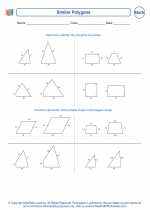Proportion Problems
Proportion problems involve the comparison of two ratios. When two ratios are equal, they form a proportion. Proportions are used to solve a variety of problems related to quantities and rates.
Understanding Proportions
A proportion is typically written in the form of two equal fractions or ratios. For example, the proportion can be expressed as:
a/b = c/d
where a, b, c, and d are numbers or variables. In this proportion, a and d are called the extremes, while b and c are called the means. The product of the means is equal to the product of the extremes in a proportion.
Proportion Problems Examples
Let's consider an example to understand how to work with proportion problems:
Example: If 3 pens cost $6, how much will 5 pens cost?
To solve this problem using proportions, we can set up the following proportion:
3/6 = 5/x
where x represents the unknown cost of 5 pens. To solve for x, we can cross-multiply and solve for x:
3x = 6 * 5
3x = 30
x = 10
So, 5 pens will cost $10.
Study Guide for Proportion Problems
When solving proportion problems, keep the following steps in mind:
- Identify the given ratios or fractions.
- Set up the proportion equation with the given information.
- Cross-multiply to solve for the unknown value.
- Check your answer by plugging it back into the original proportion equation.
It's important to practice solving various proportion problems to become comfortable with the concept. Additionally, understanding the applications of proportions in real-life situations, such as scaling recipes, calculating unit prices, or determining distances, can help reinforce your understanding of the topic.
Remember, proportions are a fundamental concept in mathematics and are widely used in everyday problem-solving. Mastering proportions can help you better understand relationships between quantities and make calculations more efficient.
Good luck with your studies!
[Proportion Problems] Related Worksheets and Study Guides:
.◂Math Worksheets and Study Guides Eighth Grade. Similarity and scale
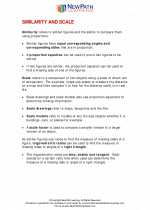
 Worksheet/Answer key
Worksheet/Answer key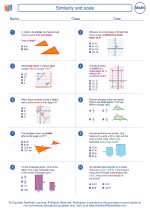
 Worksheet/Answer key
Worksheet/Answer key
 Worksheet/Answer key
Worksheet/Answer key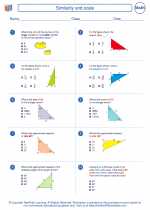
 Worksheet/Answer key
Worksheet/Answer key
 Worksheet/Answer key
Worksheet/Answer key
 Worksheet/Answer key
Worksheet/Answer key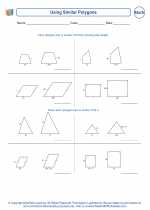
 Worksheet/Answer key
Worksheet/Answer key